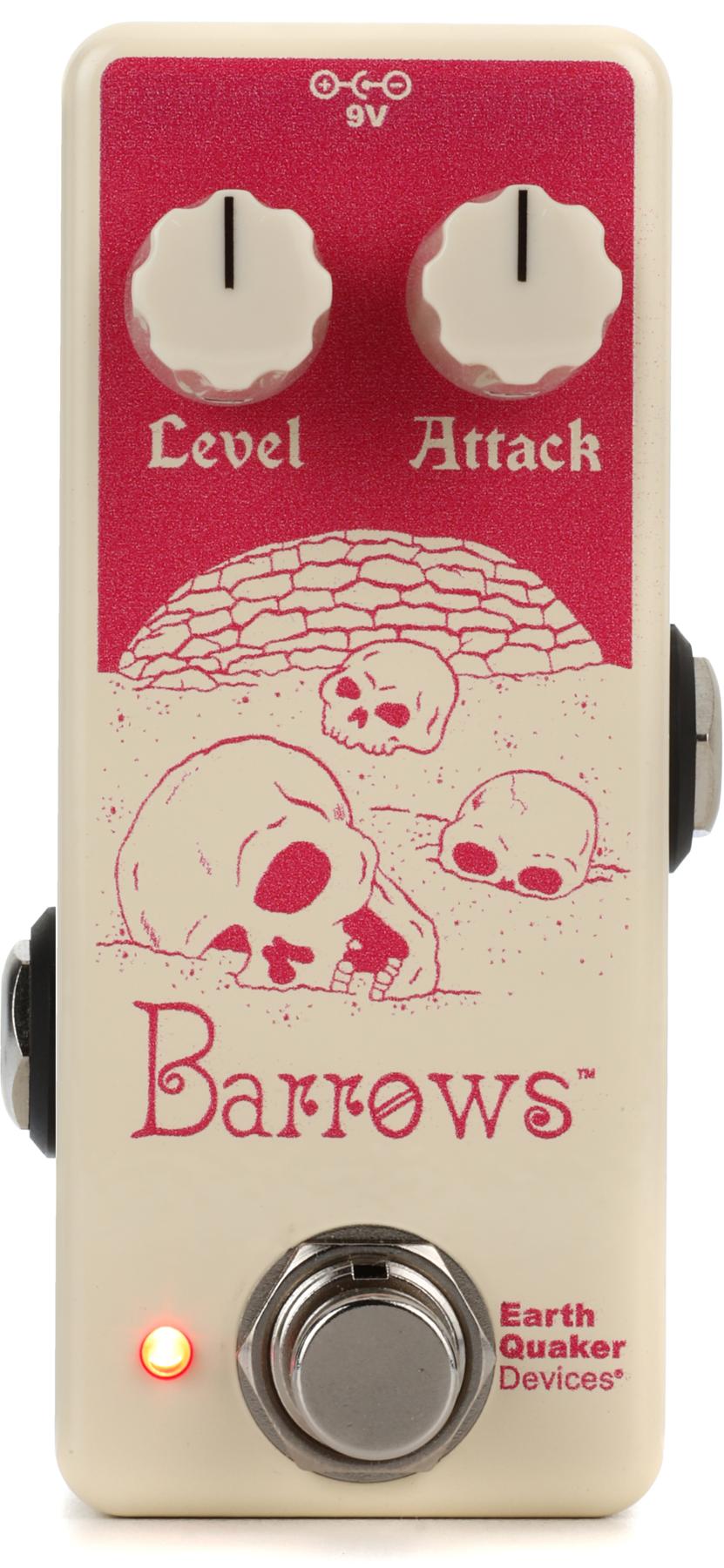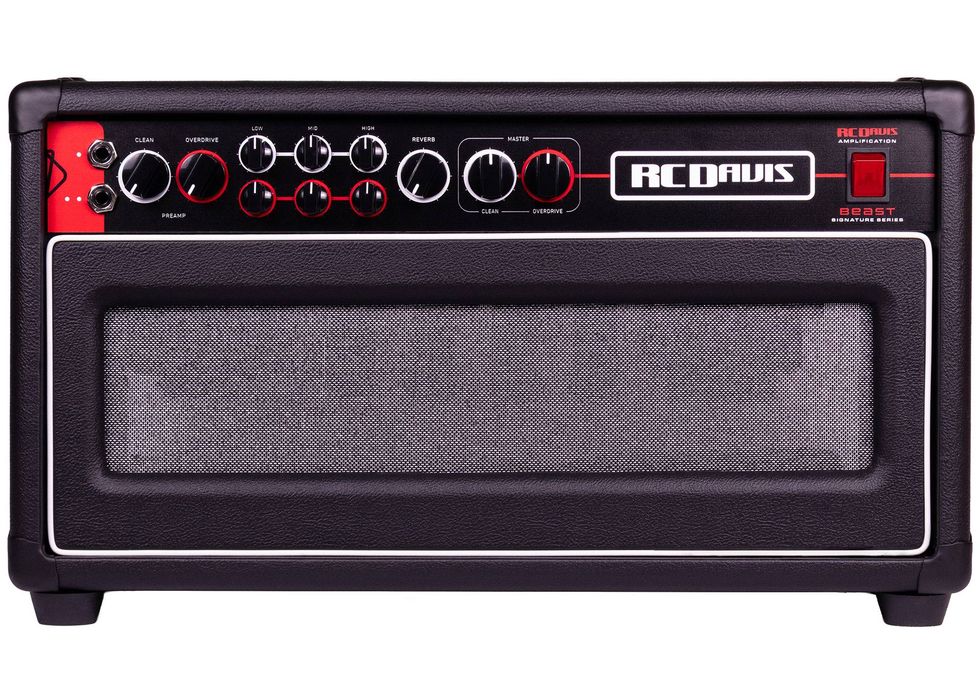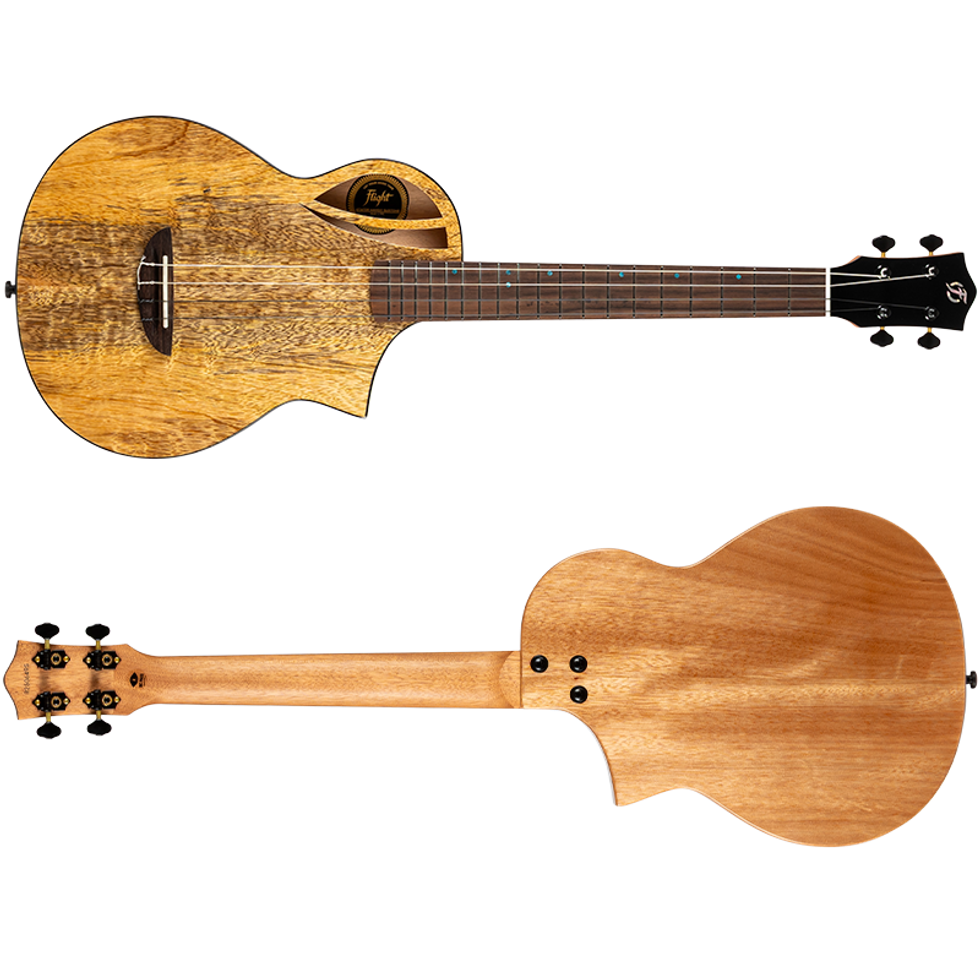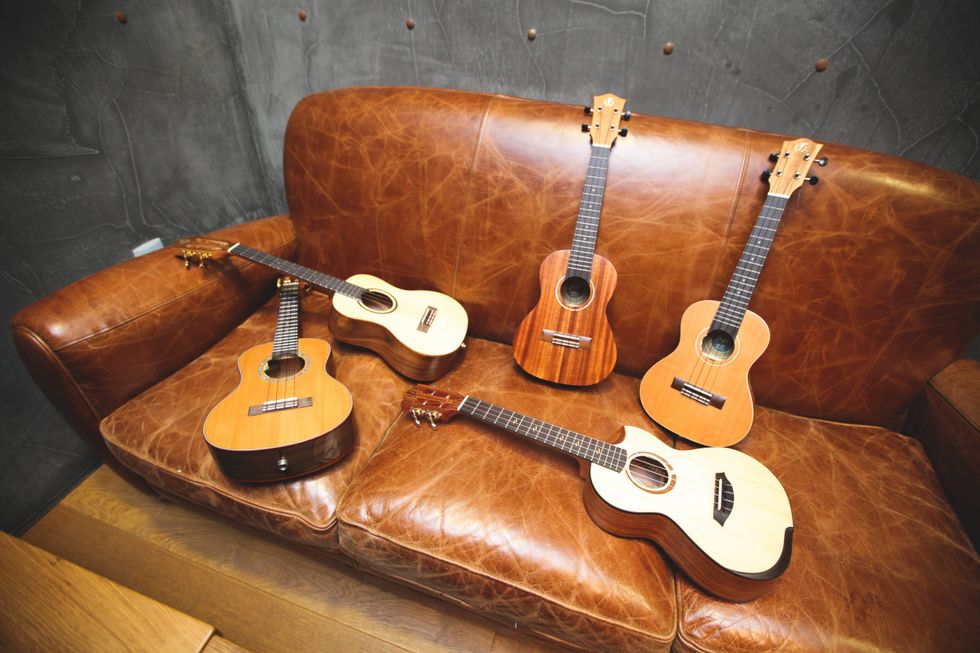Dear Guitar Trash or Treasure,
I see you publish the Blue Book of Guitar Amplifiers as well as guitars, so I have an amp question for you. I really don’t know anything about amplifiers since I mainly play acoustic guitar, but I recently inherited this Deluxe amp from my grandfather. It has no markings on the front about Fender, but there are Fender labels on the inside. From the research I’ve done, I understand this is a blackface model. Can you tell me what I have, what blackface means, and how much this is worth?
-Thanks, Jedd in North Carolina
 Jedd,
Jedd,
Finally an amplifier question! I’ve been writing this column for a year and a half, and this is the first amp inquiry. First of all, what you have is a mid-1960s Fender Deluxe covered in black tolex and a silver grille, more commonly referred to as “blackface.” I’ll give you some history on the name blackface and where it came from.
In 1959, Fender rocked the industry with the introduction of the Vibrasonic. In a time of tweed-covered cabinets, Fender introduced Tolex – a brown vinyl fabric supplied by the General Tire & Rubber Company. Also, Fender moved the chassis so the control panel faced the front and was mounted in the top of the amp. Almost all models at this time (by other companies as well) had the chassis mounted in the rear and often times at the bottom of the cabinet, which as most guitar players know is not very convenient. The control panel was also finished in a brown color and when looked at from the front, this new control panel gave the amp a “face.” Within the next few years, all Fender amps (with the exception of the Champ) gradually adopted the new Tolex. Around mid-1963, Fender introduced a new black Tolex covering with a silver grille and a black control panel. This lasted until 1967, when Fender introduced yet another style change with a silver control panel. If you are still keeping up, that’s three style changes in seven years – tough for anybody to keep up with! Along the way, instead of referring to amps as the brown one with the wheat cloth or the black one with the silver cloth, the terms Brownface, Blackface, and Silverface were coined, because of the color of the control panel on the amp. This terminology was never used by Fender, but it is how collectors and players differentiate between models.
Your Fender Deluxe has the following features: 20W power, a 12” Jensen speaker and a tube chassis. The preamp consists of 2 X 7025s, a 12AX7 and a 12AY7. There are two 6V6s power tubes and a GZ34 rectifier. It also features two channels, tremolo, blackface control panel, four inputs, (two normal, two vibrato), eight silver- top knobs (Norm: v, b, t, Vib: v, b, t, s, i), black Tolex covering, silver grille, and dimensions of 22” wide, 17.5” tall, and 9.5” deep. Contrary to what many people think, the logo is not missing on your amp. On the smaller combos like the Deluxe, Fender opted not to display their logo (I suppose Fender figured their amps were known well enough that the style spoke for itself). The Deluxe falls into a middle-area category with it being too small to be considered a large amp, but much bigger than smaller combos. It was replaced in 1966 by the Deluxe Reverb. If you are interested in dating your amp, you should refer to the tube chart on the inside of the cabinet. This date code is rubber stamped in ink, and consists of two small letters. The first letter stands for the year, and the second letter indicates the month of manufacture. The year will be one of the following, M-1963, N-1964, O- 1965, or P-1966. The month starts at A for January and runs to L for December.
Blackface amps are very collectible, but Fender produced more of them than any other style. Therefore, the values on these amps are not as high as people would think. I would value your amp between $1,100 and $1,350 in the excellent condition it is in. I consider all Fender amps to be a treasure, but you sure won’t have to look far to find one!
Source: John Teagle & John Sprung, Fender Amps: The First Fifty Years.
I see you publish the Blue Book of Guitar Amplifiers as well as guitars, so I have an amp question for you. I really don’t know anything about amplifiers since I mainly play acoustic guitar, but I recently inherited this Deluxe amp from my grandfather. It has no markings on the front about Fender, but there are Fender labels on the inside. From the research I’ve done, I understand this is a blackface model. Can you tell me what I have, what blackface means, and how much this is worth?
-Thanks, Jedd in North Carolina
 Jedd,
Jedd,Finally an amplifier question! I’ve been writing this column for a year and a half, and this is the first amp inquiry. First of all, what you have is a mid-1960s Fender Deluxe covered in black tolex and a silver grille, more commonly referred to as “blackface.” I’ll give you some history on the name blackface and where it came from.
In 1959, Fender rocked the industry with the introduction of the Vibrasonic. In a time of tweed-covered cabinets, Fender introduced Tolex – a brown vinyl fabric supplied by the General Tire & Rubber Company. Also, Fender moved the chassis so the control panel faced the front and was mounted in the top of the amp. Almost all models at this time (by other companies as well) had the chassis mounted in the rear and often times at the bottom of the cabinet, which as most guitar players know is not very convenient. The control panel was also finished in a brown color and when looked at from the front, this new control panel gave the amp a “face.” Within the next few years, all Fender amps (with the exception of the Champ) gradually adopted the new Tolex. Around mid-1963, Fender introduced a new black Tolex covering with a silver grille and a black control panel. This lasted until 1967, when Fender introduced yet another style change with a silver control panel. If you are still keeping up, that’s three style changes in seven years – tough for anybody to keep up with! Along the way, instead of referring to amps as the brown one with the wheat cloth or the black one with the silver cloth, the terms Brownface, Blackface, and Silverface were coined, because of the color of the control panel on the amp. This terminology was never used by Fender, but it is how collectors and players differentiate between models.
Your Fender Deluxe has the following features: 20W power, a 12” Jensen speaker and a tube chassis. The preamp consists of 2 X 7025s, a 12AX7 and a 12AY7. There are two 6V6s power tubes and a GZ34 rectifier. It also features two channels, tremolo, blackface control panel, four inputs, (two normal, two vibrato), eight silver- top knobs (Norm: v, b, t, Vib: v, b, t, s, i), black Tolex covering, silver grille, and dimensions of 22” wide, 17.5” tall, and 9.5” deep. Contrary to what many people think, the logo is not missing on your amp. On the smaller combos like the Deluxe, Fender opted not to display their logo (I suppose Fender figured their amps were known well enough that the style spoke for itself). The Deluxe falls into a middle-area category with it being too small to be considered a large amp, but much bigger than smaller combos. It was replaced in 1966 by the Deluxe Reverb. If you are interested in dating your amp, you should refer to the tube chart on the inside of the cabinet. This date code is rubber stamped in ink, and consists of two small letters. The first letter stands for the year, and the second letter indicates the month of manufacture. The year will be one of the following, M-1963, N-1964, O- 1965, or P-1966. The month starts at A for January and runs to L for December.
Blackface amps are very collectible, but Fender produced more of them than any other style. Therefore, the values on these amps are not as high as people would think. I would value your amp between $1,100 and $1,350 in the excellent condition it is in. I consider all Fender amps to be a treasure, but you sure won’t have to look far to find one!
Source: John Teagle & John Sprung, Fender Amps: The First Fifty Years.
 Zach Fjestad is the author of the Blue Book of Electric Guitars, Blue Book of Acoustic Guitars, and Blue Book of Guitar Amplifiers. These publications are available through Blue Book Publications. Guitar Trash or Treasure questions can be submitted to:
Zach Fjestad is the author of the Blue Book of Electric Guitars, Blue Book of Acoustic Guitars, and Blue Book of Guitar Amplifiers. These publications are available through Blue Book Publications. Guitar Trash or Treasure questions can be submitted to:
Blue Book Publications
Attn: Guitar Trash or Treasure
8009 34th Ave. Ste #175
Minneapolis, MN 55425
800-877-4867
www.bluebookinc.com
guitars@bluebookinc.com
Please include pictures of your guitars.




















